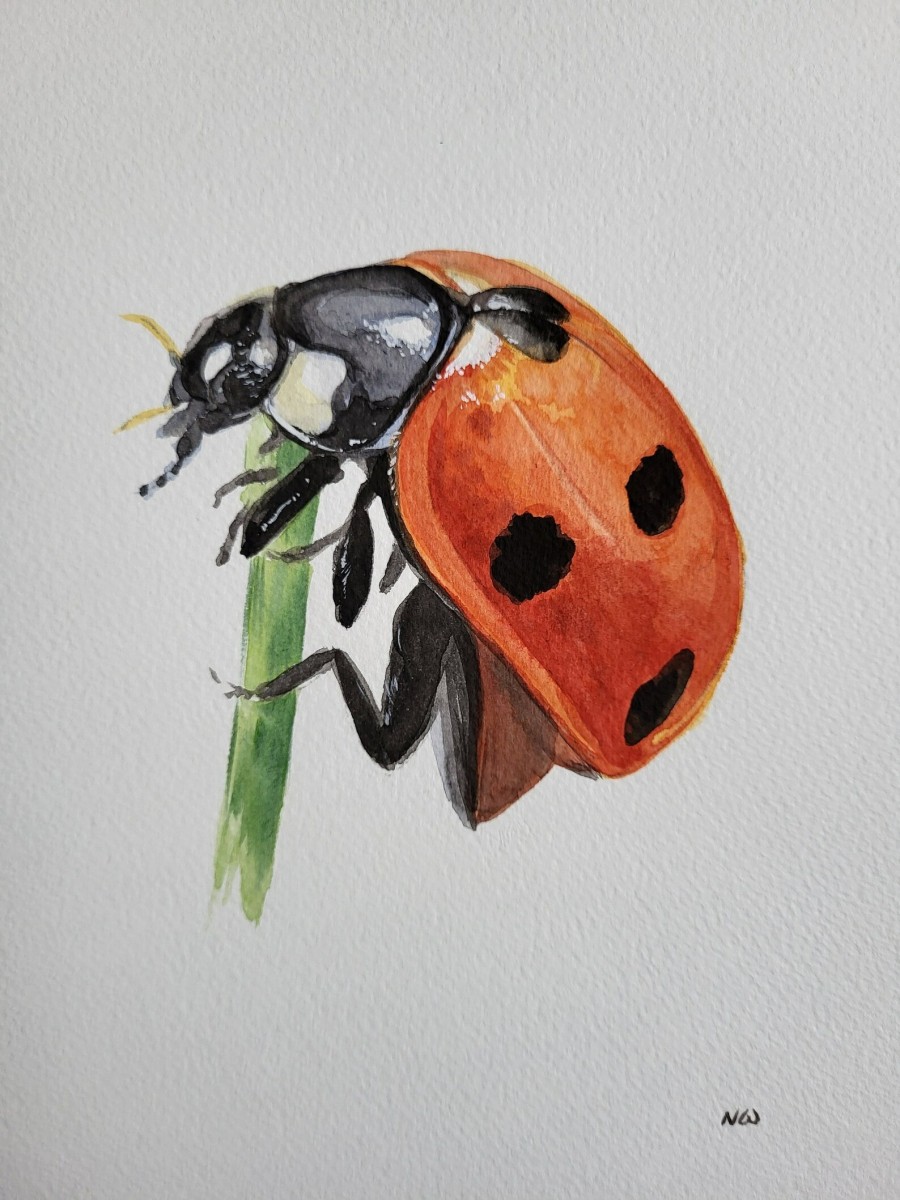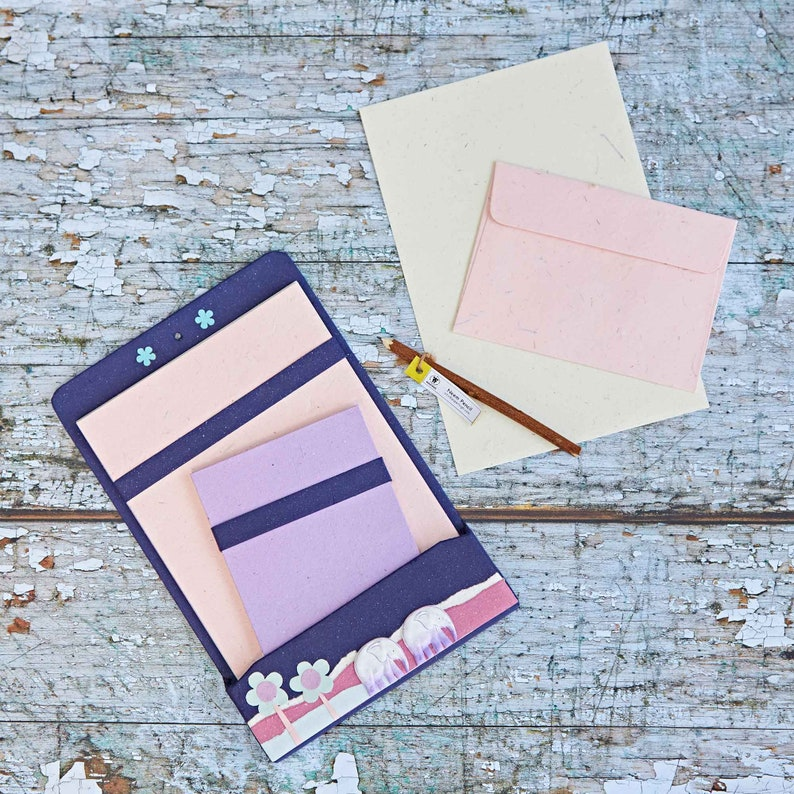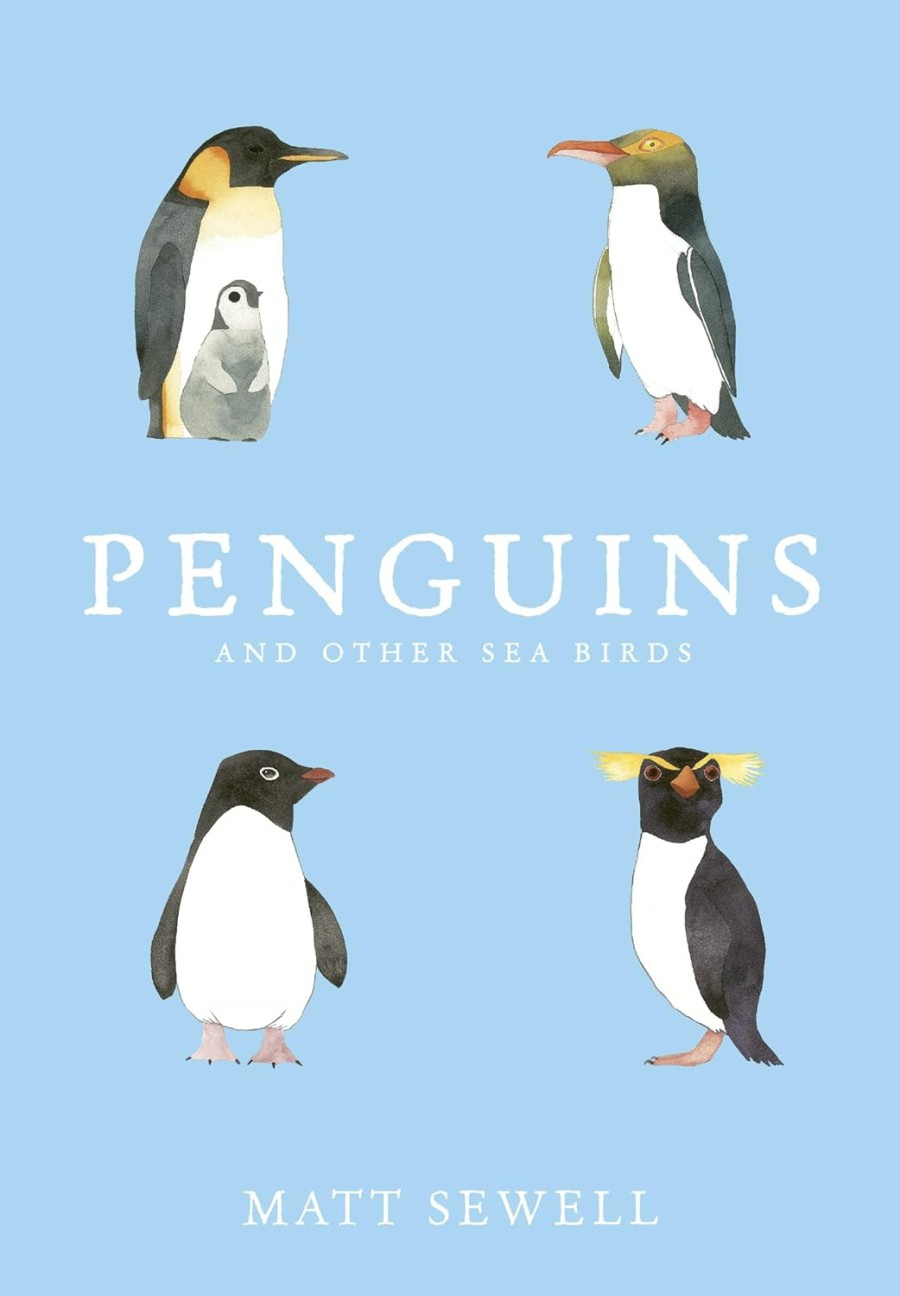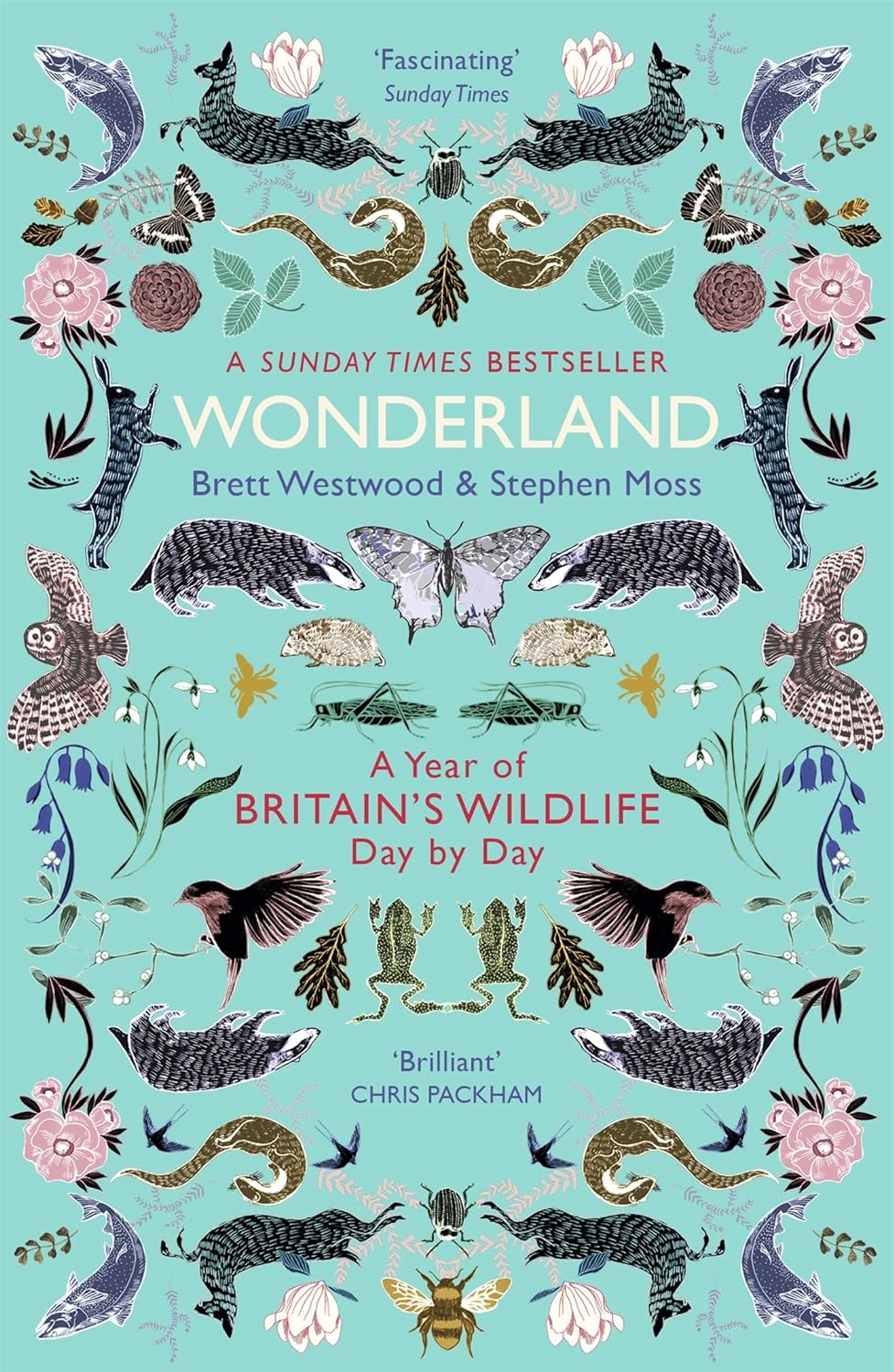
Ladybirds (or ladybugs) are fast-flying winged beetles, known for their red backs and black spots (though some are small and dark). Non-native harlequin ladybirds should be left alone, as only experts can tell the difference.
Most ladybirds live one to two years. The best way to help is to garden organically (they eat aphids, scale insects, mildew and plants). Eggs look like ‘baby alligators’ (often found on nettles, so never pick until you’re sure they’re gone).
Plants loved by ladybirds include yarrow, angelica, fennel, herbs (dill, parsley, thyme), scented flowers (lavender, geranium, nasturtiums) and pollen-rich flowers (calendula, marigold, sweet alyssum). Know how to make your garden safe for pets to know toxic plants, mulch and other items to avoid.
The Wildlife Community’s Ladybird Tower (site in sheltered flower beds or wooded glades) is one possibility to give habitat for summer (and hibernation for winter). The slow-seasoned naturally durable timber requires no chemical preservatives. If using, keep ladybird food away from children and pets.
what to do if ladybirds are on your windows
Ladybirds cluster together in winter to hibernate until March or April, and due to loss of habitat outside (trees etc), many are found high up on windows. Sealing windows beforehand is the best preventive measure. They do no harm but it can be upsetting as the high temperatures of modern homes means many wake up early and look for aphids, and either starve or dehydrate.
If the room can be cooled (turn off central heating etc) it’s likely best to leave them be. But if you see ‘moving ladybirds’ or dehydrating ones before spring, most will likely die if not helped. It’s difficult as they are easily injured. One expert suggests gently sweeping them using a make-up brush into a matchbox with small air holes, then transferring to a (smallish) shoe box with air punch holes, and locating to a shed, outside porch etc, so they can fly out when they wake up. She found 15 died and the other 45 or so flew off, so is trying a smaller shoebox next year, so they can huddle closer for warmth. Another option is for a joiner to create a ‘sheltered dark shelf’ so if they return, they don’t over-heat.
books to learn more about ladybirds
Ladybirds is an RSPB guide, perfect for young or older readers. Packed with informative colour photos, this book (by a knowledgeable naturalist) looks at some of our most beloved invertebrates, and how they help to protect our crops by eating huge numbers of garden and farming pests. These tiny flying beetles are the gardener’s friend. The book focuses on the 26 native species (from the orange ladybird to the 7-spot), plus the author covers conservation challenges. He covers all biology from tiny larvae to large aggregations worldwide.






